Sabah is lucky to have many world-class diving destinations. Tourists travel thousands of Kilometers to Sabah just to dive here (and they come back again and again). By right diving should be a popular sport in Sabah then, but most locals never explore these eco-treasures at our “doorstep”, so it is like having a snow field nearby but never try skiing. However, I believe the interest is high. Hope this article will help to answer most questions you have about diving, in less technical way.
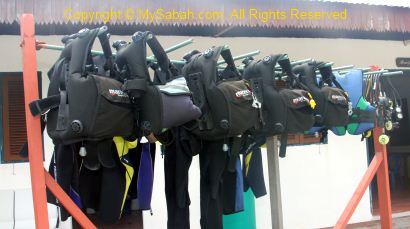
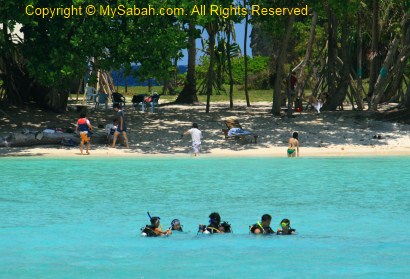
What is Scuba Diving?
As seen in TV, human does not have gill, so divers need to carry gas tank and breathing equipment that supply oxygen to them underwater, with mask and fin for better maneuver in the water. That is what we call “Scuba Diving” in simplest way. Scuba is a word derived from Self-Contained Underwater Breathing Apparatus. The gear may look like a heavy burden, but they become “weight-less” once you are in the water.
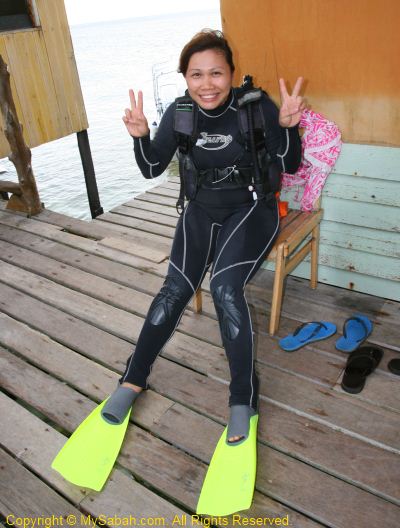
Who can Dive?
YOU, as long as you are healthy, physically and mentally, and 8 years old or above. Diving is not an activity reserved to upper-class nobles and adventurers; you are only required to take a diving course (more on this later).
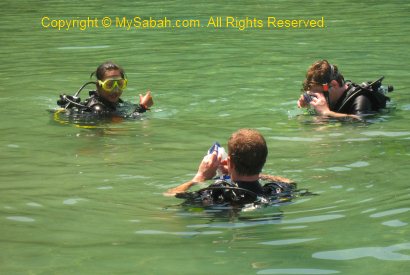
Why Dive?
70% of earth is covered by water. No matter how far you travel on land, you only see less than 1/3 of the world. Diving will be an eye-opening experience. Below are more reasons for diving:
- Sabah is part of “Amazon of the Sea” (Coral Triangle). The Coral Triangle covers the waters of Indonesia, Sabah, Papua New Guinea, Philippines, Solomon Islands and Timor-Leste. Sabah is inside the zone of this most diverse marine environment in the world, with an abundance of coral reef.
- Highly Accessible Dive Sites. Tunku Abdul Rahman Park (i.e. Sapi, Manukan, Mamutik Island, Sulug and Gaya Island) has over 50 dive sites and only 15 minutes away from Kota Kinabalu city. A day trip is long enough for diving in three dive sites.
- Diving is FUN. Yeah, the most important of all. You get the most out of an island trip. Forget about Nemo, underwater is an alien world where you will see more interesting wildlife than the land.
- Impress your Date. Just kidding. But don’t you feel “my hobbies are listening to music and watching movies” sounds a bit boring and ordinary?
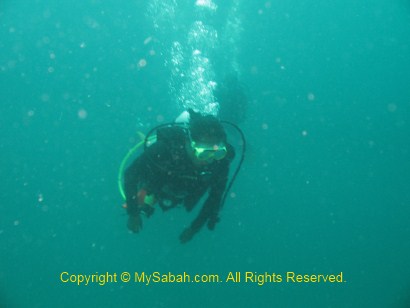
Is it Dangerous? Got shark? I know most of you will ask. In most dive sites of Sabah, you would see very small sharks such as bamboo and reef sharks, which are only a few feet long and hardly to be harmful. In fact, they are very elusive and will try to run away from you. You would see hammer-headed sharks in remote islands such as Layang-Layang and Sipadan. They are not dangerous unless provoked. You should be excited to see sharks instead.
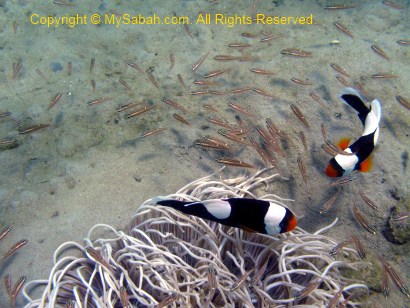
In short, diving is a safe sport. Safety is always a top priority in diving. Divers are not only being taught on using the dive equipment, they are also trained to overcome any possible adverse circumstances in the water. In every dive, divers will be led by a highly-skilled Dive Instructor or Dive Master, who had received extensive professional training. Each diver also needs to team up with another diver to form a “buddy” system, to look after each other. For security and conservation purposes, divers are asked not to touch or provoke anything in the water. There is almost no room for disaster, to divers who follow instructions.
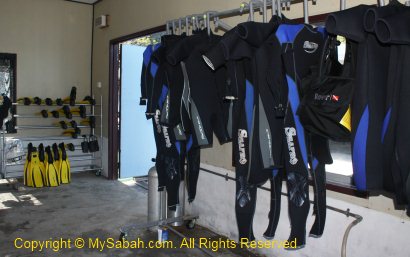
How to Become a Diver?
You must be a certified diver before you are allowed to dive.
The only exception is signing up for a Discover Scuba Diving package, which costs about RM200 to RM600 (USD70 – USD300). Participants without cert will be briefed on dive theory and safety, practice in shallow water, then go for diving under supervision. However, they cannot go deeper than 12 Metres and there is no qualification earned for the dive. For kids above 8 years old, there is a junior diving program designed for them (e.g. Kids Bubblemaker Scuba Diving), please check with a dive operator.
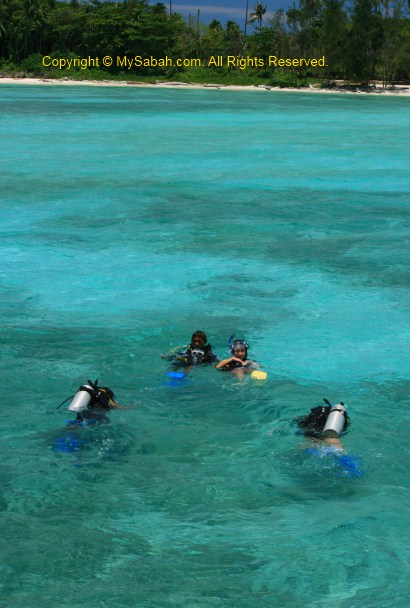
To be a certified diver, you will need to register with a dive operator for an Open Water Diver (OWD) training, an entry-level scuba certification. Certification from PADI (Professional Association of Diving Instructors) is the top choice because it is the world’s largest diver training organization, which means your cert will be recognized worldwide. All Sabah dive operators offer PADI’s OWD training program for a fee ranges from RM1,000 to 1,500 (USD350 – USD500), which includes (package may vary) boat transfer, diving permit, park entrance fee, jetty fee, use of diving gears, lunch, exam fee and one diver manual for you to keep. The training will take 3 to 4 full days, depending on your learning pace. The schedule is flexible, for example, you could complete the course in four weekends, instead of four consecutive days.
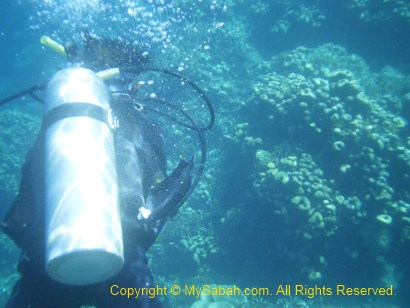
Under the guidance and supervision of a Dive Instructor, trainees will be taught and showed on using diving gear, dive principles, diving skills and procedures, safety, etc. In the start, the training will be done in confined environment such as shallow water on the islands such as Gaya and Mamutik Island. Once the students acquire the necessary skills and knowledge, the instructor will bring them for 4 or more guided and boat dives in deeper water. At the end of the course, trainees must pass an exam with a score of 75% or more. Even though the paper only consists of 50 multiple choices questions, it is very difficult to pass without a thorough studying of the Diver Manual. Once you pass, you will get an OWD qualification which allows you to dive up to 40 Meters in depth, but in most recreational dives, you dive between 10 to 25 Meters.
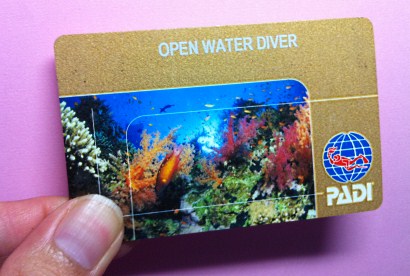
Above: PADI diver card. You need this to be allowed to dive.
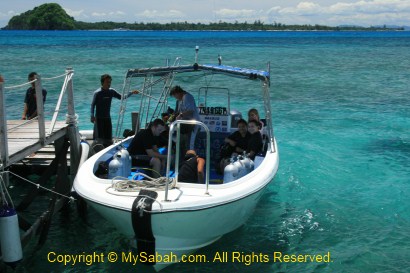
Ongoing Dives
It is really fun to join the training with a group of friends, as you can share the joyful experience and go diving together in future. Divers may not find treasures in a sunken old ship but many find a dream career as a dive master, underwater photographer, as they further advance their education under the PADI Diver Education System. Divers also can promote tourism by telling others the beautiful world they see underwater. Every year divers can contribute to the environment by becoming a volunteer in conservation projects such as marine clean-up by Project AWARE.
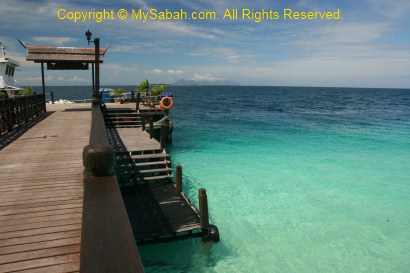
PADI OWD qualification is a lifetime certification, so it will not expire. You are advised to dive regularly to refresh and improve your skills. Even exploring the same dive site in different day will give you pleasure surprise and new finding. You do not need to buy your own diving suite and equipment because these are provided by dive operators. Tip: join a local dive club, so you will enjoy deep discount on diving trip.
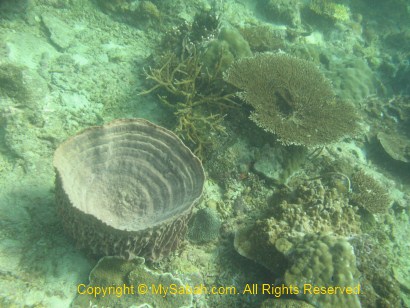
Recommended Dive Sites
Tunku Abdul Rahman Marine Park has over 50 dive sites, where you would see Cuttlefish, Moray Eels, Lionfish, Pufferfish, Nudibranchs, Scorpionfish, Demon Stingers, Frogfish and schools of Barracuda, Snappers, Fusiliers and Anthias, and many macro lives. Lucky divers would see turtle and whale shark. Pulau Tiga and Mantanani Island are other fascinating sites at west coast of Sabah.
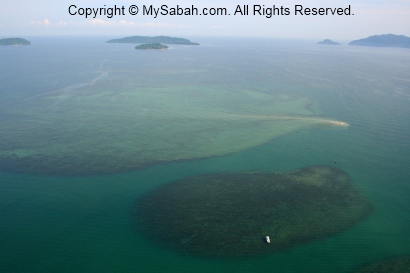
At east coast, divers’ favourites are Sipadan, Mabul Island, Mataking Island, Kapalai Island, and Lankayan Islands. Each island has 5 or more dive sites, and every dive site is given interesting name which implies something unique about it, for example, Eel Garden, Barracuda Point, Hanging Gardens, Spotted Ray Channel, Shark’s Cave. Sipadan is the best and you could easily see more than 10 sea turtles in every dive, but many divers advise me to “save it for the last”.
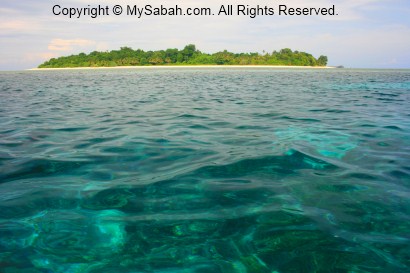
For more information on diving and training, you may call Downbelow Marine & Wildlife Adventures Sdn. Bhd., who is running a PADI 5-Star Dive Centre (status awarded to professional level training centers offering exceptional experiences), at +60 88-488997 / +60 88-485 366, or visit their web site at: http://www.divedownbelow.com (E-mail: info@divedownbelow.com)
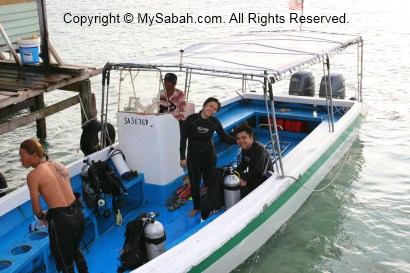
Photos taken in Sabah, Malaysia Borneo


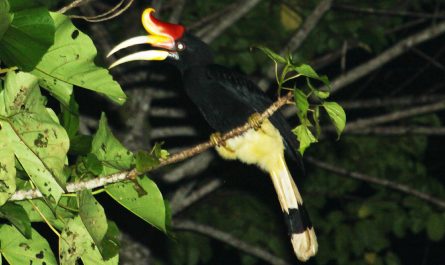
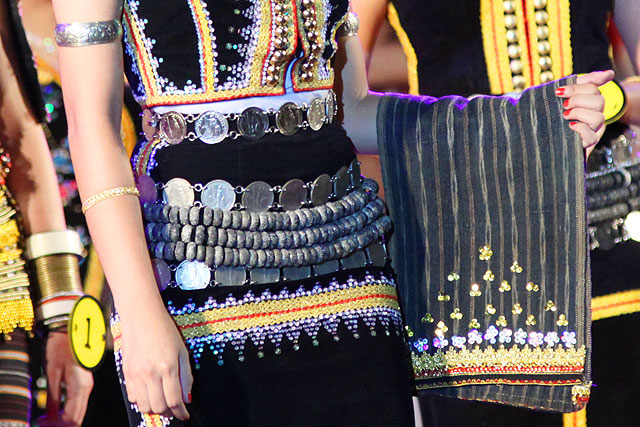

Nice write up. My readers often ask me what location I would recommend besides the obvious islands along the east coast of Peninsular Malaysia. Most of the times they ask this because their visit to Malaysia coincides with the monsoon season between Oct/Nov and Feb/March.
I often read about TAR Marine Park, but also read about the typhone season that usually plagues the Philippines in certain times of each year.
Do you know if tourists can do a PADI OW course all months of the year at Tunku Abdul Rahman Marine Park?
Regards,
Ilya
Yes Ilya, the tourists can do PADI OW Course all year at Tunku Abdul Rahman Marine Park. Manukan, Mamutik and Gaya islands have dive centers.